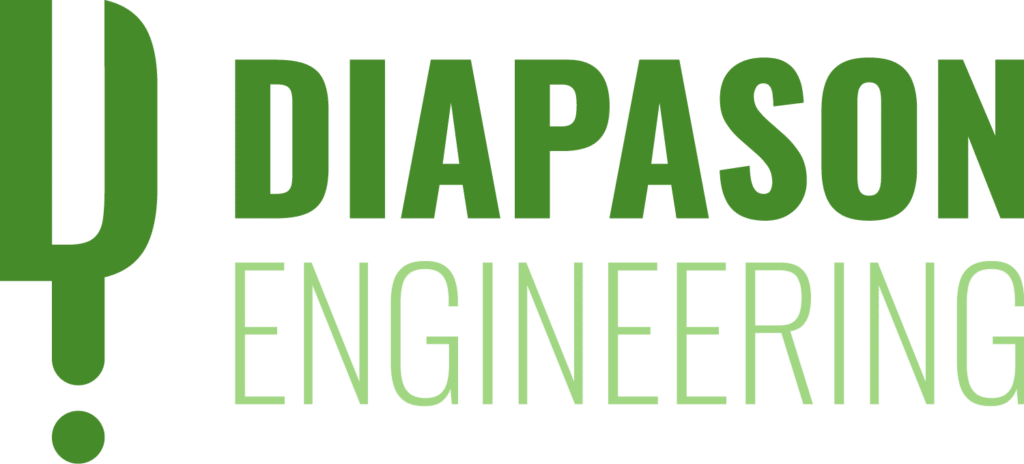The first environmental acoustic parameter to be measured was reverberation time, by Sabine, at the end of the 19th century, and this remains the most important descriptor in analysis and in the acoustic design of a confined space. Reverberation time is defined as the time interval between the moment the source of the acoustic signal has been turned off and the moment the energy density is reduced to one millionth of its original intensity. Reverberation time is measured by estimating the decay of the sound produced by the sound excitation, which may occur in three ways: interrupted noise, impulsive source and ‘Sweep-Sine’ exponential sinusoidal sweep. Interrupted noise consists of excitation of the environment using an omnidirectional source driven by a power amplifier that generates a broad-spectrum (from 50 Hz to 10 kHz) white noise, and when the source is interrupted, using a sound level meter, the decay time is measured. The advantage of the impulsive signal is that it can be generated easily by an explosion, which can be obtained, for example, by firing a gun; the impulsive signal is short and thus allows excitation to be distributed simultaneously across a broad frequency band.




